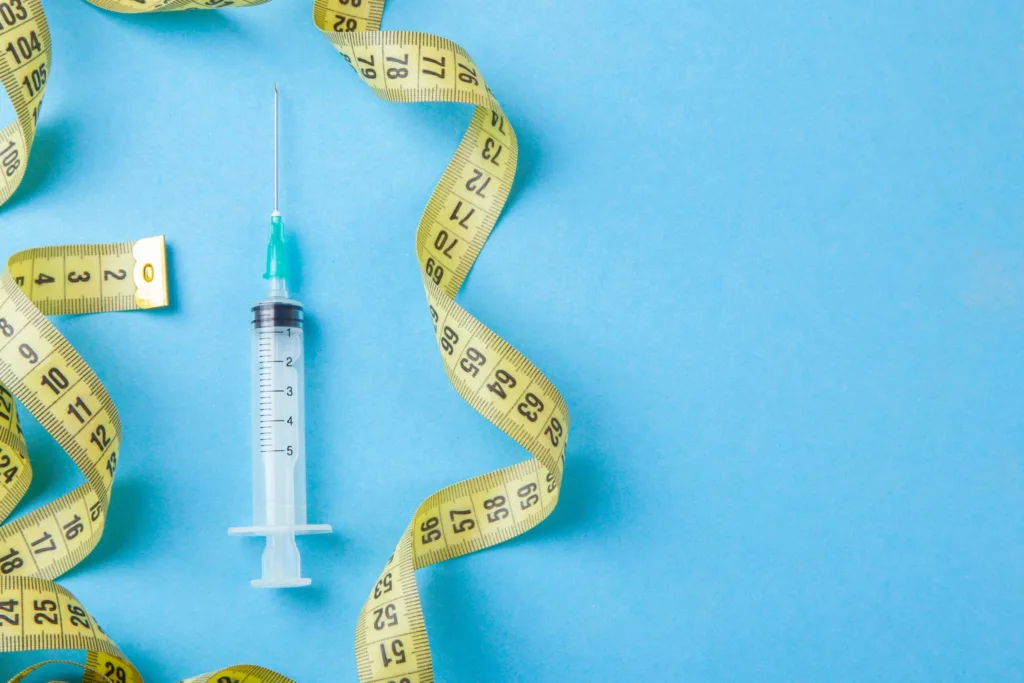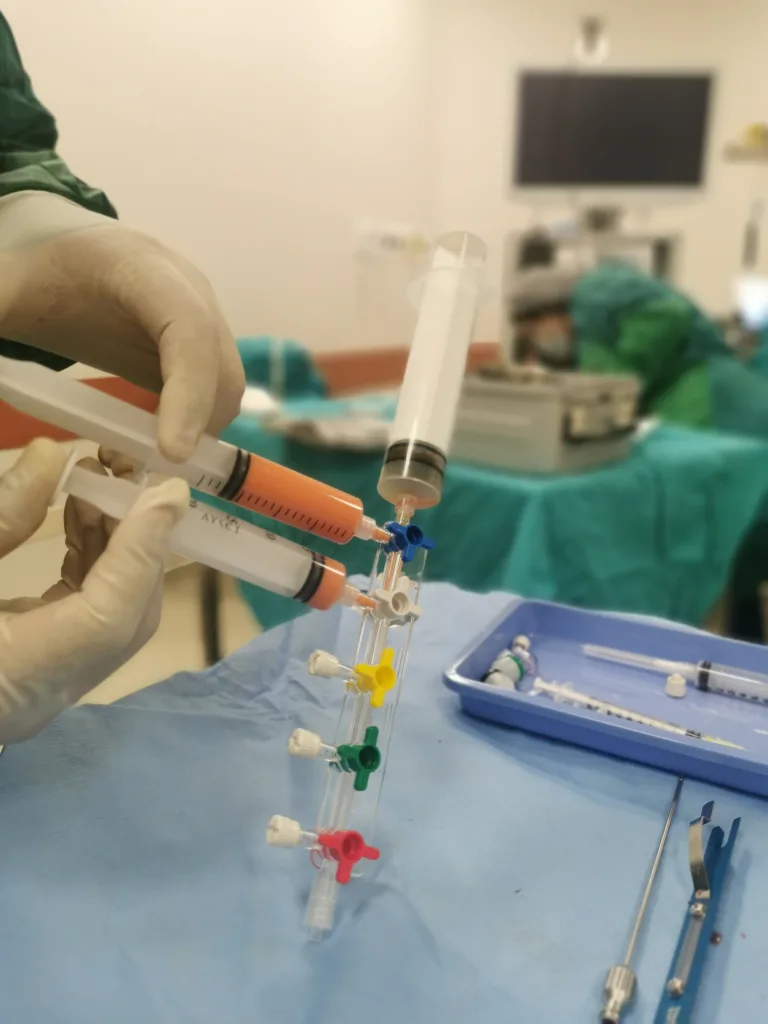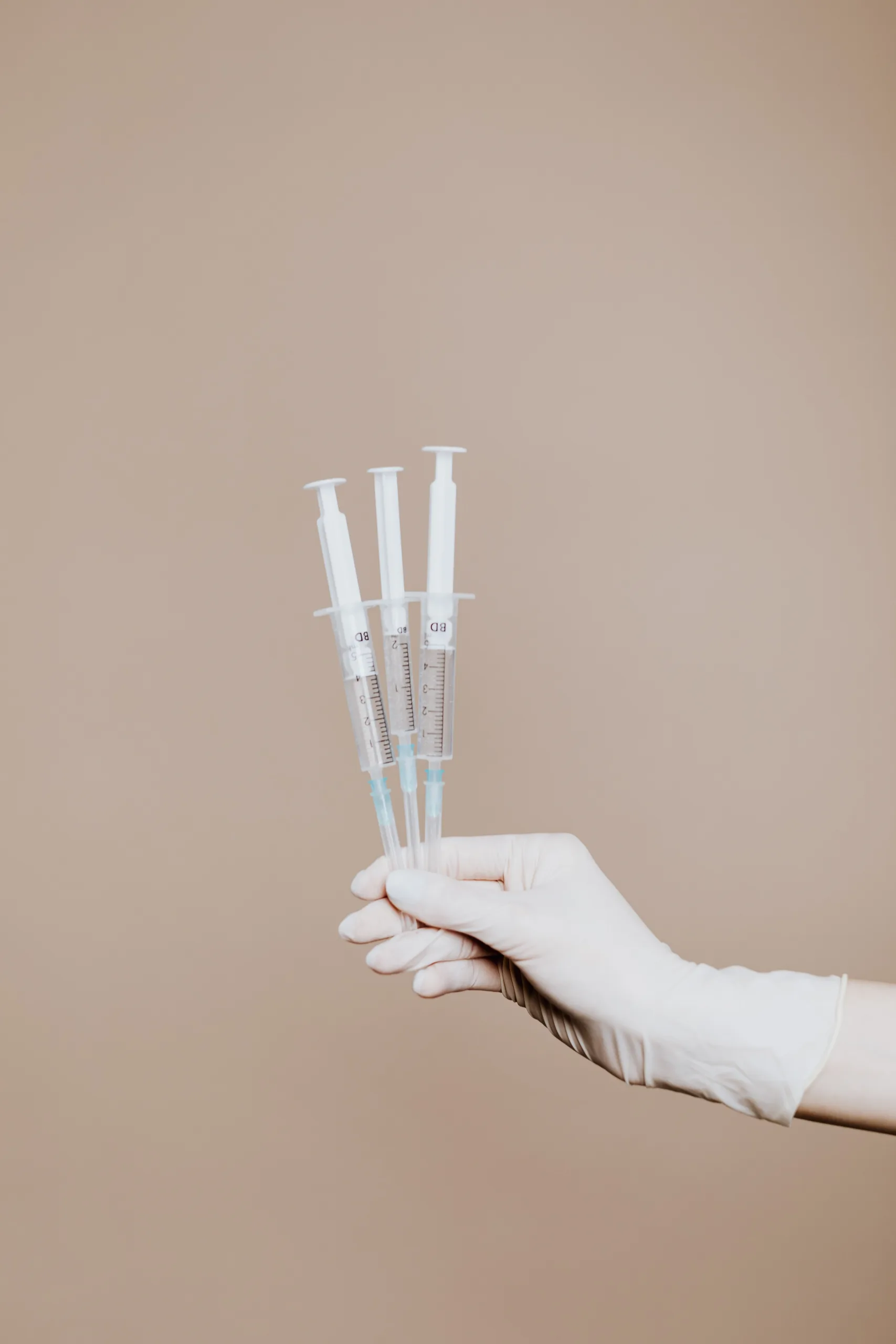The quest to lose weight can feel like an impossible, uphill battle for so many people. When yet another restrictive diet fails to give lasting results, the promise of fast, dramatic weight loss from injections is extremely appealing. But before deciding if weight loss injections are the right choice for you, it’s crucial to fully decode their true cost in dollars and cents.
This in-depth post will empower you to make a fully informed decision about the major financial investment often needed for weight loss injections. We’ll realistically explore the crowded landscape of different injections in the market, look closely at the associated expenses that can quickly multiply, evaluate their efficacy and health risks, and compare alternatives. Armed with far more knowledge, you’ll be equipped to determine if weight loss injections really make sense for aligning with your health goals, lifestyle and budget long-term.

The Booming Popularity of Weight Loss Injections
As the public frustration around stubborn weight loss grows, interest in weight loss injections is absolutely booming. These injectable solutions promise dramatic fat reduction and weight loss results without requiring extreme, prolonged dieting efforts or intensive exercise regimes. In our modern era valuing all things fast, convenient and minimally invasive, injections present an extremely compelling option for the millions of adults trying to lose weight.
As consumers increasingly turn to the promise of weight loss injections, the manufacturers and providers of these products waste no time in making bold marketing claims about their “easy”, “fast-acting” and “medically-proven” solutions for shedding unwanted pounds. However, despite the glossy brochures and tempting testimonials, the actual financial commitment and lasting health impact of these weight loss injections often remains frustratingly unclear or obscured for consumers. Do the purported benefits truly outweigh the real costs over the long run? As demand rapidly grows, it becomes even more crucial for consumers to diligently decode the dollars behind these alluring injections to avoid any budget-busting or health-harming surprises down the road.
Mapping Out the Confusing Landscape of Injection Options
Taking a closer look at the booming market of weight loss injections, consumers quickly discover there’s actually an overwhelming flood of options to consider these days – both branded and unbranded. With new products and formulations constantly coming to market and providers themselves having different specialities, knowing how to even begin comparing appropriate weight loss injection solutions can prove incredibly confusing.
Several of the most popular current weight loss injections include:
- Saxenda – A once-daily injectable prescription medication directly approved by the FDA for chronic weight management. The active ingredient liraglutide mimics the appetite regulating hormone GLP-1 to supposedly help patients feel fuller faster while repressing hunger longer.
- B12/MIC/Lipotropic injections – A customized vitamin and mineral cocktail fans claim can help boost overall energy levels and liver health to in turn spur improved fat burning and weight loss results when injected regularly. Typically contains vitamin B12, choline bitartrate, methionine, and inositol.
- HCG diet injections – Meant to be used in orchestrated phases along with an ultra low 500 calorie per day diet plan. The hormone Human Chorionic Gonadotropin (HCG) purportedly helps mobilize and eliminate abnormal fat storage while preserving normal structural fat and muscle.
The list of injection options stretches on and on – with costs ranging widely from just several hundred dollars to many thousands of dollars. Complicating matters further, even costs for the “same” injection type can have drastic price differences. This pricing variation is influenced by a matrix of factors like:
- Brand, precise formulation/quality of ingredients
- Provider credentials, specialty and injection methods
- Required length & frequency of treatment, dose levels
- Geographic location and additional included services
With countless injection options now available at nearly every price point imaginable, it quickly becomes painfully clear that consumers need to do their homework to understand the major cost drivers before hastily jumping into any regimen.

Breaking Down Upfront Fees Versus Longer-Term Expenses
Consumers exploring weight loss injections must carefully weigh the immediate injection fees and startup costs against longer-term health expenses when attempting to accurately evaluate overall affordability. Relevant upfront expenses often include:
- The initial medical consultation appointment itself: To professionally determine if a patient is even an appropriate candidate for weight loss injection therapy, these standard exams by registered dietitians, doctors or other licensed providers typically cost at least $100 – $500+ out-of-pocket before advancing to actual treatment recommendations.
- Any required lab testing screenings: Some practices require upfront blood panels, liver enzyme tests, thyroid screens, cholesterol checks, etc to establish baselines and rule out contraindicated conditions before approving injectable therapy. These prerequisite diagnostics frequently incur hundreds more in additional laboratory fees.
- Official prescriptions for the injectable medications and solutions themselves: Required scripts from licensed medical practitioners approving and specifying a personalized weight loss injection treatment plan can rack up additional charges, especially if insurance coverage is limited or denied. Shopping around for affordability here is key.
- The actual therapeutic injections: The individual unit costs for these specially prepared injections can vary tremendously in price depending greatly on the type, quality, dose and frequency needed to match clinical recommendations. Expect anywhere from $15 per standard injection to over $100+ per dose when incurred weekly or even several times per week.
Over the full course of long-term injectable weight loss therapy spanning weeks to months, it quickly becomes apparent how these costs can accumulate almost exponentially through the repeat injections, ongoing testing and regular follow up monitoring appointments. Savvy consumers also consider whether components of these expenses could be offset through pre-tax savings incentives like health savings or flexible spending accounts if permitted under their insurance plans or employers.

Beware the Hidden Costs of Weight Loss Injections
Unfortunately, the direct cash costs of basic consultation appointments, testing, prescription insurance copays and injections themselves represent only one layer of the true budget impact for those pursuing weight loss through injectable therapy. There are additionally concerning “hidden costs” consumers must account for relating to these injections that include:
- Medications or medical aids to help manage side effects: If challenging side effects like nausea, diarrhea, constipation, headaches or swelling emerge post-injection, even more layers of expenses get added in the form of prescription anti-nausea drugs, over the counter pain relievers and compression socks which insurance rarely covers.
- Frequent medical oversight appointments: The need for such specialized therapy means regular in-person or telehealth progress monitoring visits with the prescribing practitioner to assess response. At $100 or more per visit, these monitoring costs stack up rapidly.
- Missed work productivity: Many patients require at least a couple days off work for rest per treatment cycle to recover from fatigue, headache and tenderness – preventing normal productivity and eating into paid leave.
- Emotional health and self esteem tolls: If inflated expectations aren’t met or post-injection appearance declines rather than improves, some experience damaged body image and lower self esteem that warrant therapeutic support.
Once all categories of potential costs are fully accounted for – both direct injection fees and multi-layered indirect expenses – consumers have a more realistic and complete picture for financial planning.
Evaluating True Weight Loss Efficacy & Health Risk Tradeoffs
With ever increasing hype and celebrities rumored to use certain branded weight loss injections, public fascination and temptation soars while medical evidence remains mixed at best. It’s more than reasonable for consumers excited by bold marketing claims and tempting injectable before-and-after pictures to ask themselves: but do they really work?
Unfortunately despite the glossy brochures and dramatic success stories, clinical evidence confirming long term weight loss efficacy from injections is severely lacking. While some therapies like Saxenda do demonstrate slightly more excess weight reduction versus placebo in industry funded studies, patients only lost rather underwhelming amounts more on average. We’re typically looking at just 3-7 pounds more than the comparator group – far from the 50+ pound boasts.
Researchers also rightfully point out that study participants simultaneously make other positive behavior modifications like improving nutrition and activity habits in trying to lose weight. So in reality, it’s very difficult to separate out exactly how much of observed smaller reductions owes specifically to the injectable therapy versus ancillary lifestyle factors.
There are additionally growing numbers of patient reported complaints around challenging short term side effects from exploratory injection regimens – like injection site pain, nausea, vomiting, diarrhea, dizziness, gallstone attacks and blood sugar destabilization just to name a few. These undermine quality of life in the present and raise concerns about long term safety metabolic and hormonal health.
Given this emerging evidence questioning true efficacy and health tradeoffs, non-invasive weight loss alternatives warrant closer comparison first for many patients. Conservative therapies that still leverage improved nutrition, mental health, physical movement, sleep and stress relief can activate the body’s intrinsic ability to shed pounds by addressing root causes like poor thyroid functioning, toxic overload, microbiome imbalance, hormonal dysregulation and subclinical inflammation.
Options to explore before diving into costly or risky injectable therapies include:
- Extended personalized coaching from highly rated nutritionists, personal trainers, health psychologists or functional medicine experts.
- Gym or boutique studio memberships like OrangeTheory, CrossFit, Peloton, YogaSix.
- Medically developed and supervised weight loss programs via Optavia, Jenny Craig.
- Behavior modification apps like Noom that emphasize psychology alongside nutrition tracking.
- Lab testing to identify vitamin deficiencies, food sensitivities, thyroid dysfunction.
- Stress relief care like acupuncture, massage, meditation.
These approaches still require commitment, patience and lifestyle adjustments from patients but emphasize more holistic wellness free of scary health risks – and some studies suggest improved long-term weight loss due to related positive behavior changes. Connective therapy, community support and real food also contribute immense emotional and physical benefit beyond the number on the scale.

Getting Key Expert Input for Your Customized Weight Loss Plan
Since every prospective dieter’s detailed health history, body chemistry, risk factors and budget differs, quality expert guidance tuned in to the individual is strongly recommended before eagerly starting trendy injectable therapy. Speaking directly and in depth with 1-2 registered dietitians, nutrition-oriented physicians or certified health coaches can provide more balanced, objective insight on whether needle-based interventions truly make sense by:
- Thoroughly reviewing full past medical history and risk factors for contradictions
- Setting realistic expectations around healthy fat loss timeframes to avoid disappointment
- Responsibly prioritizing and exhausting alternate non-invasive therapies showing equal or better efficacy first
- Discussing all aspects of risk Versus reward – both short and long term
- Providing structure and accountability for meaningful lifestyle adjustments inevitable for sustained results
This critical step of partnering with trusted experts at the outset aligns the entire treatment plan to each unique patient’s health context, body, psychology, goals and finances for responsible care. Rather than rashly succumbing to social media-fuelled FOMO, taking time for thoughtful evaluation conveys self respect and patience.
Making a Fully Informed Decision About Weight Loss Injections
When frustration peaks around seeming failed diet and activity efforts, it’s completely understandable how the appeal of medically-legitimized injections can soar. Their promise of helping you finally “cheat” your way toward rapid results is tempting to believe at face value after years or even decades of discouragement.
But learning to value good health over fast fixes involves gathering more facts. Despite aggressive corporate messaging that weight loss injections provide a convenient solution, the truth is they cannot replace the heavy lifting of sustainable lifestyle reform. Even cutting edge biohacking interventions rely on self discipline for lasting change.
By now this thorough blog has hopefully broadened perspectives around efficacy doubts, health risks and misleading marketing claims in the modern world of weight loss injections. Their financial costs and physical tradeoffs demand equally thorough scrutiny, not trendy hype. No purchasable product or procedure alone can manifest the weight loss too many have chased in vain without conscious commitment to improve energy balance and body connection consistently over time.
Arriving at the health goals you deserve requires selecting supportive tools wisely based on realistic fit. So before making any decision around elective injections, speak first to medical experts who know your history while paying equal heed to your instincts. What approaches feel right for your unique situation and psyche? Evaluate all options through a lens of responsible self care – then proceed discerningly from an inner place of understanding, not outer urgency.
Here’s to your ongoing journey toward your best body realized through self-wisdom and patience. The small daily steps we take from this place of compassionate inner council accumulate into the lifelong transformation no mere injection could instill.
Thank you for reading this post, don't forget to subscribe to our free newsletter
!
